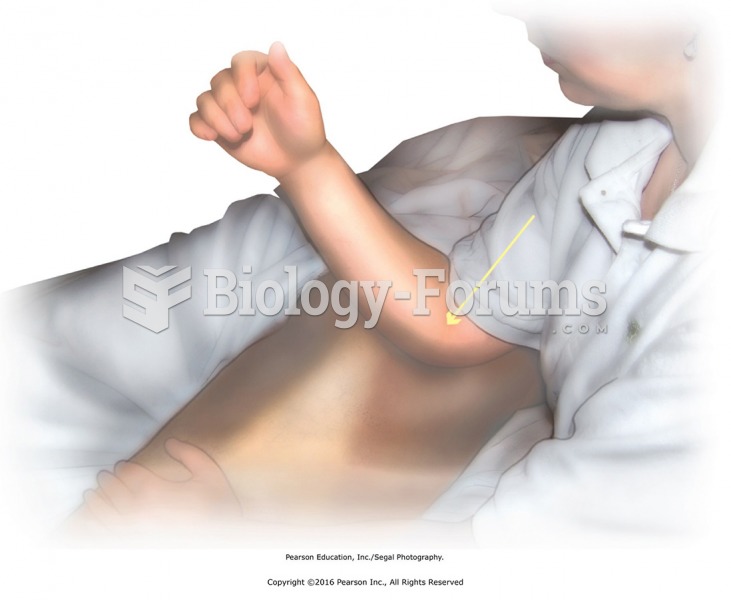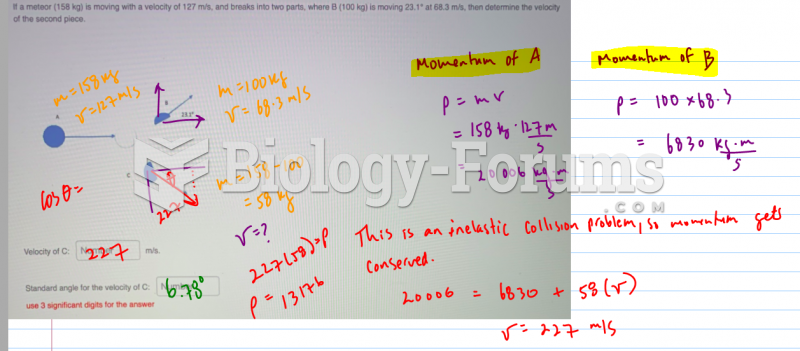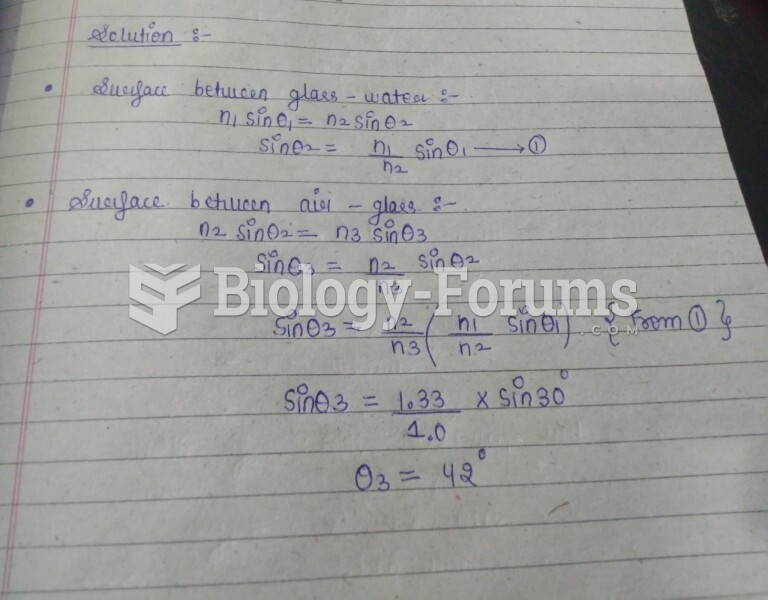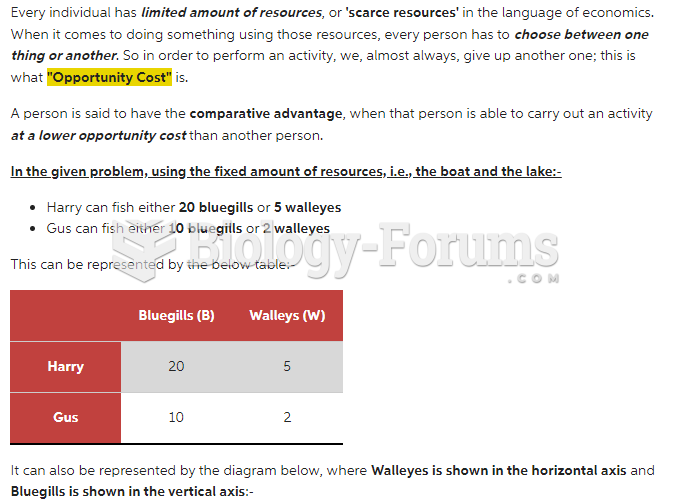|
|
|
Human neurons are so small that they require a microscope in order to be seen. However, some neurons can be up to 3 feet long, such as those that extend from the spinal cord to the toes.
In 1844, Charles Goodyear obtained the first patent for a rubber condom.
Persons who overdose with cardiac glycosides have a better chance of overall survival if they can survive the first 24 hours after the overdose.
Cancer has been around as long as humankind, but only in the second half of the twentieth century did the number of cancer cases explode.
As many as 28% of hospitalized patients requiring mechanical ventilators to help them breathe (for more than 48 hours) will develop ventilator-associated pneumonia. Current therapy involves intravenous antibiotics, but new antibiotics that can be inhaled (and more directly treat the infection) are being developed.
 A wrench after it has been forged but before the flashing (extra material around the wrench) has ...
A wrench after it has been forged but before the flashing (extra material around the wrench) has ...
 Direct thumb pressure along the tibialis anterior. Start at proximal end, moving about 1 inch at a ...
Direct thumb pressure along the tibialis anterior. Start at proximal end, moving about 1 inch at a ...





